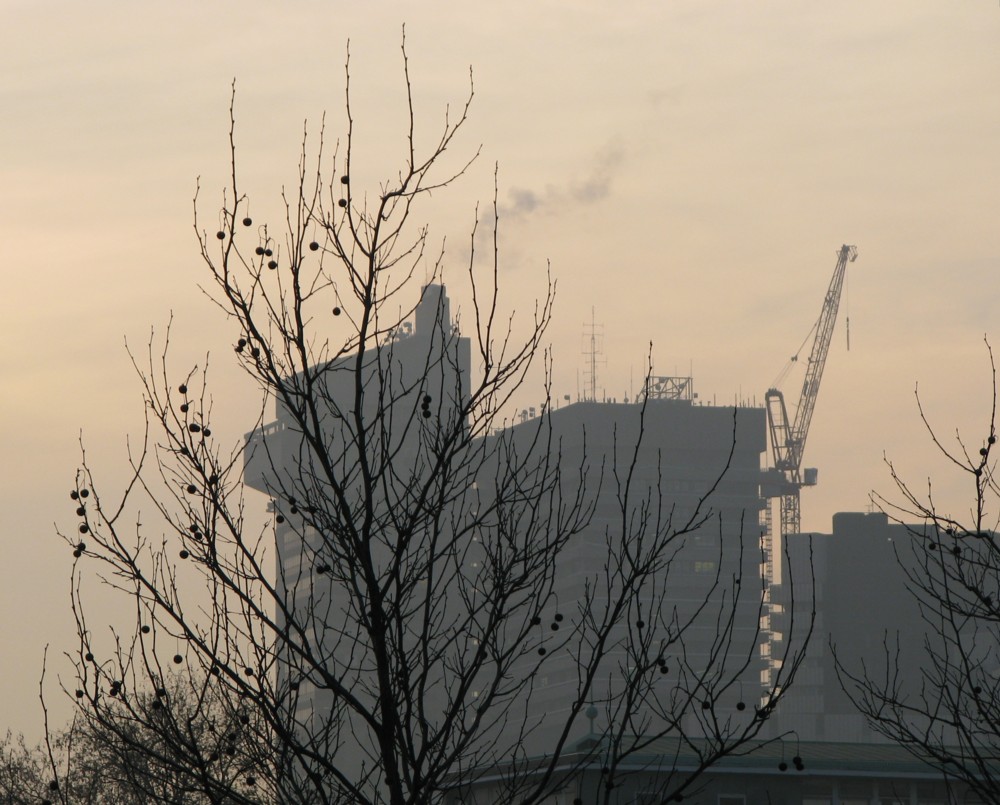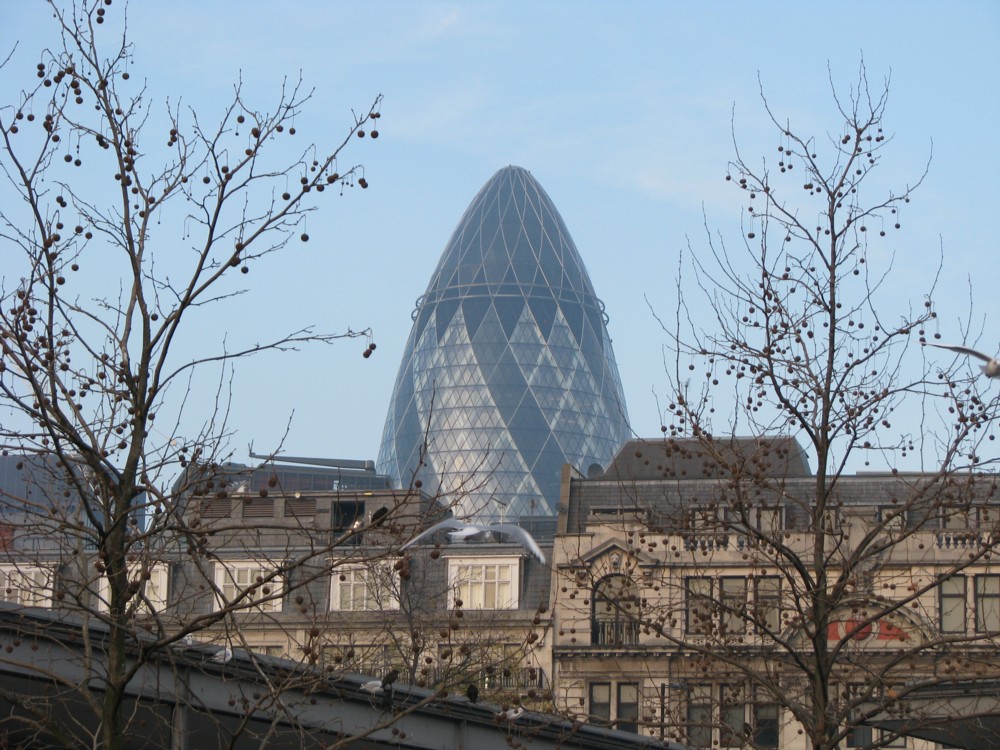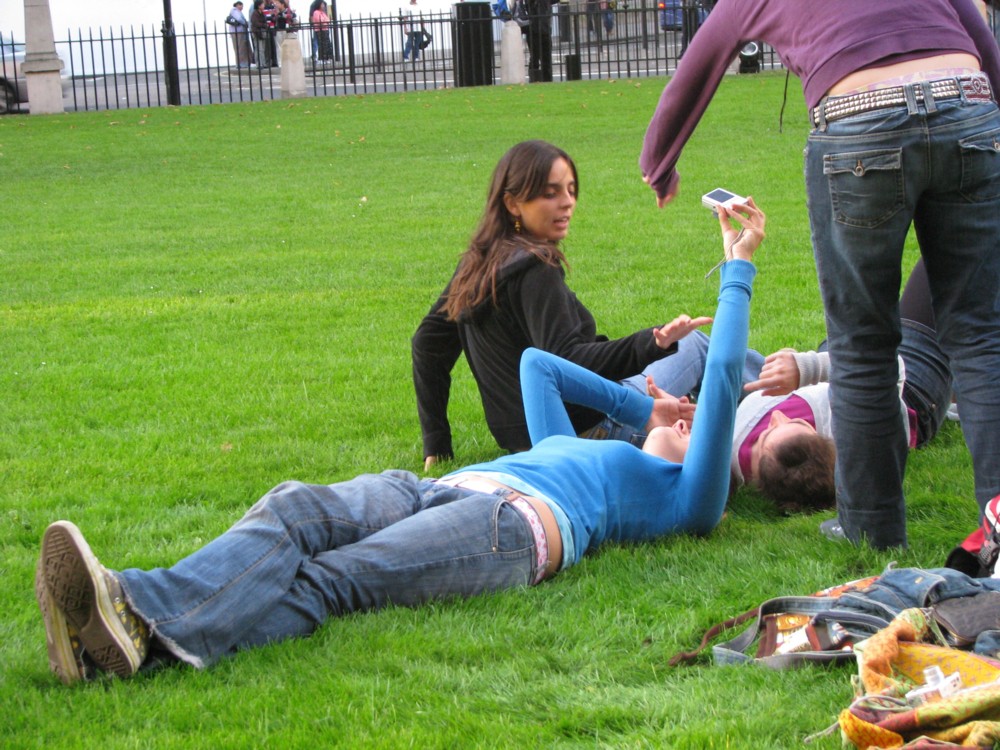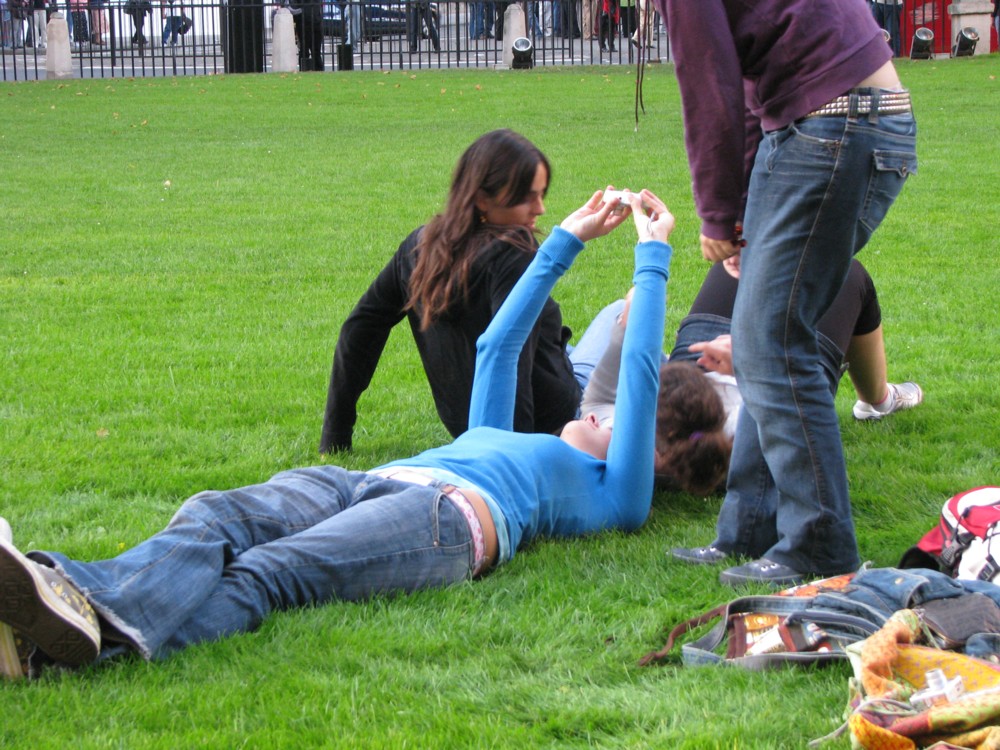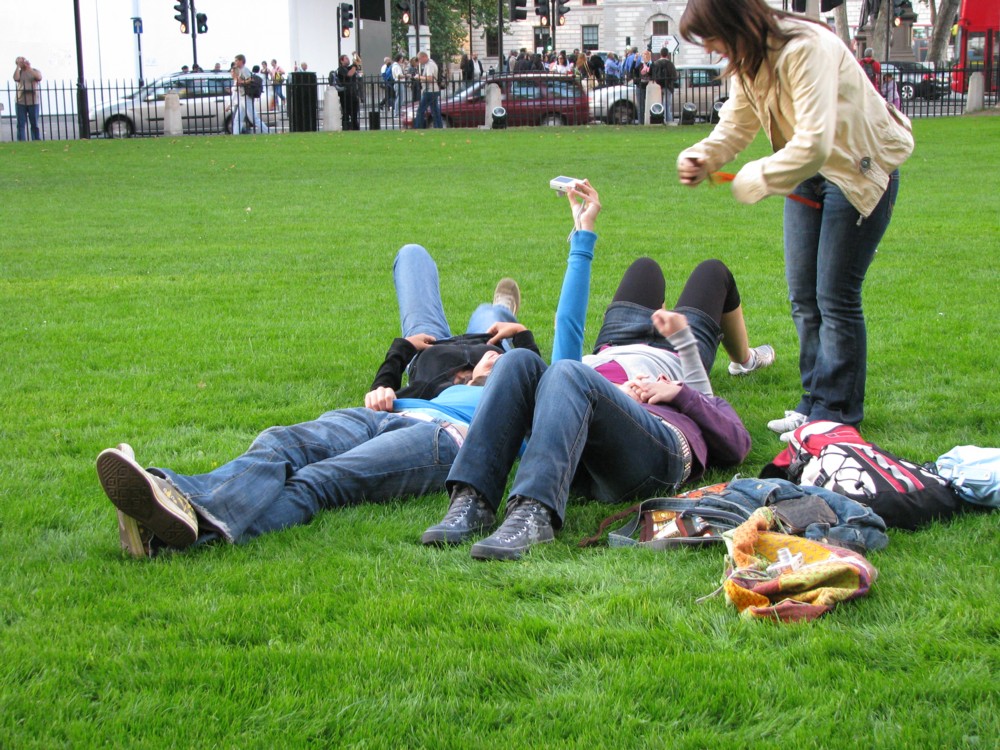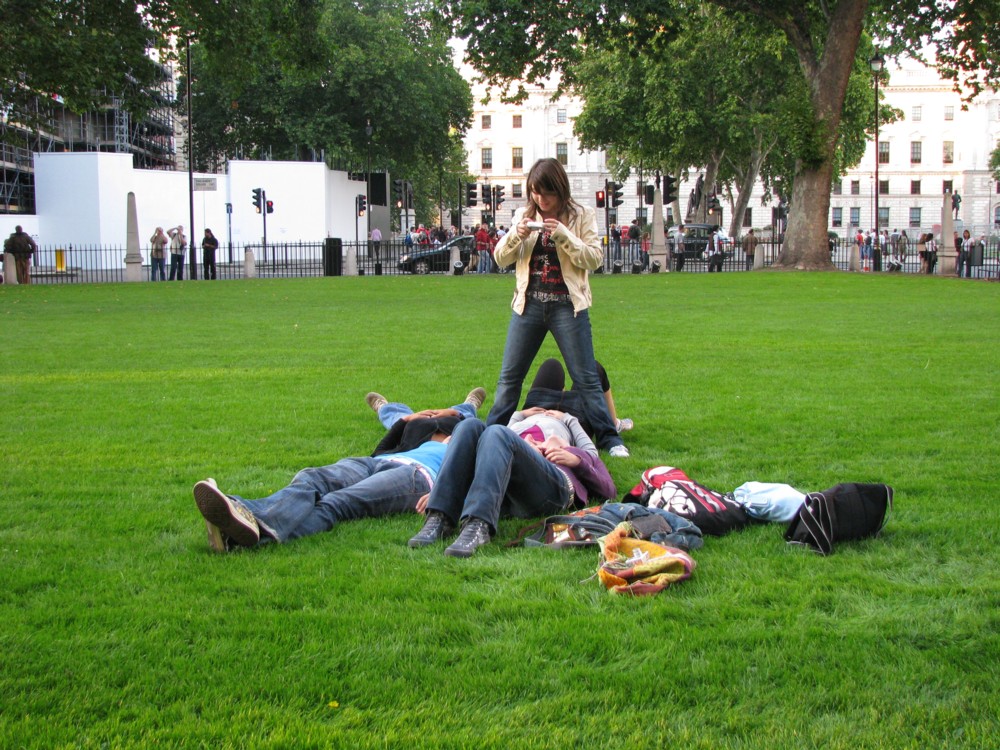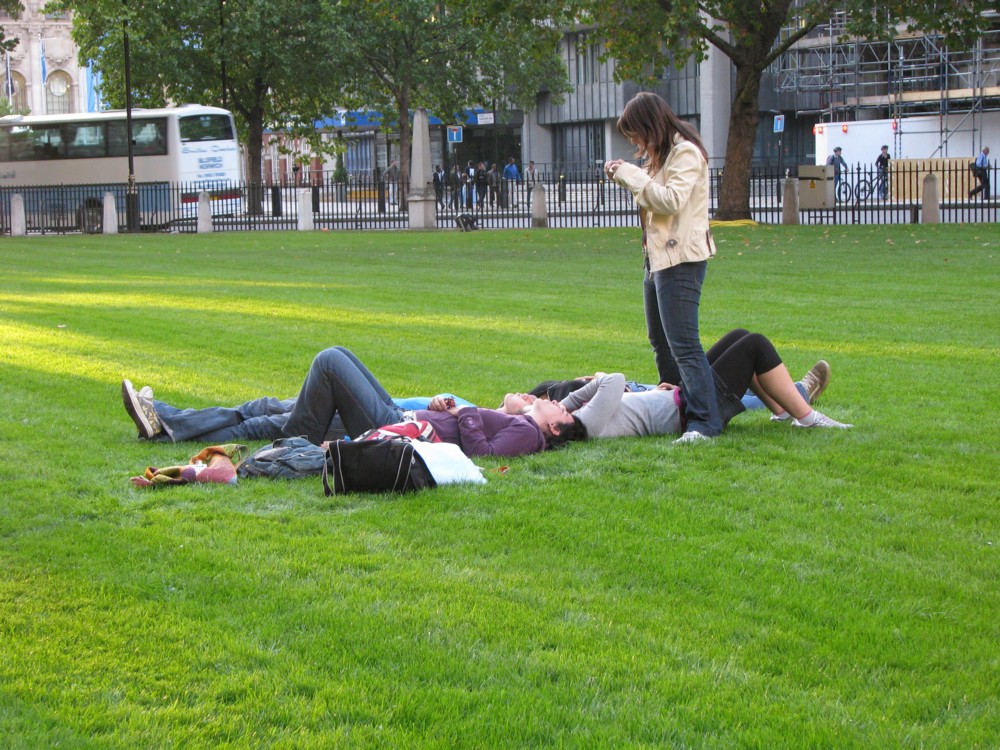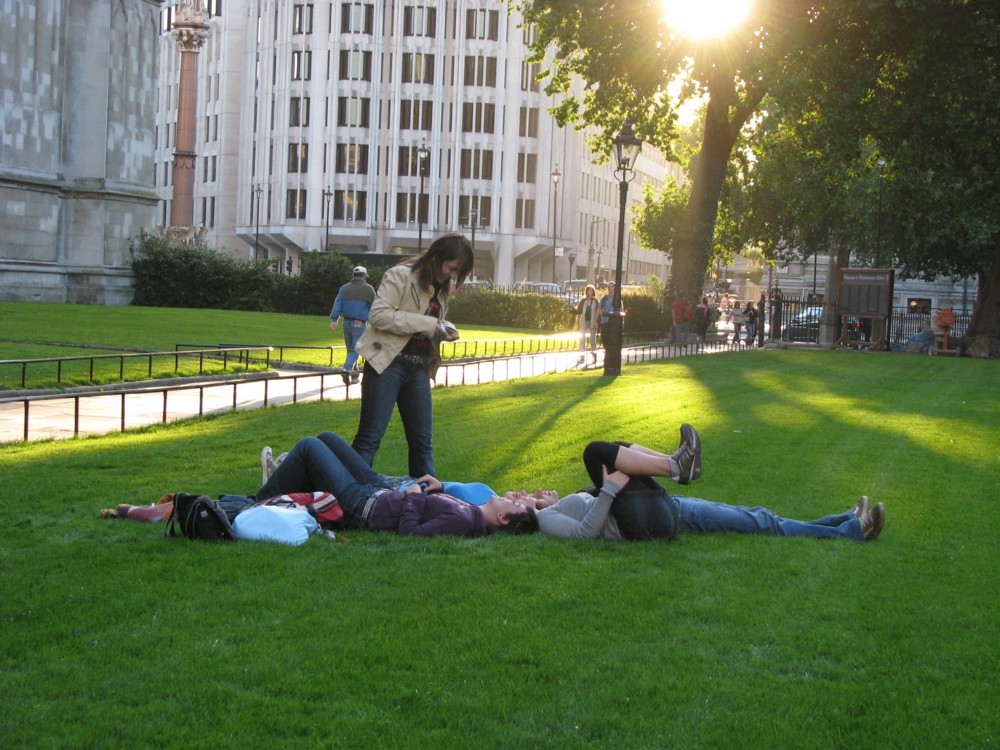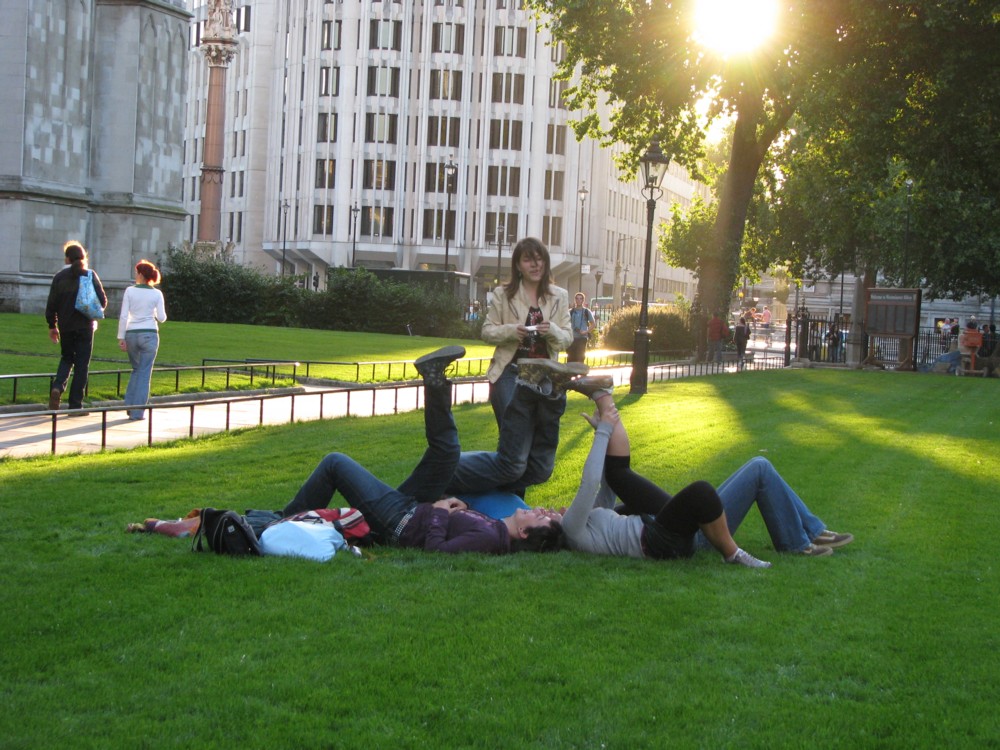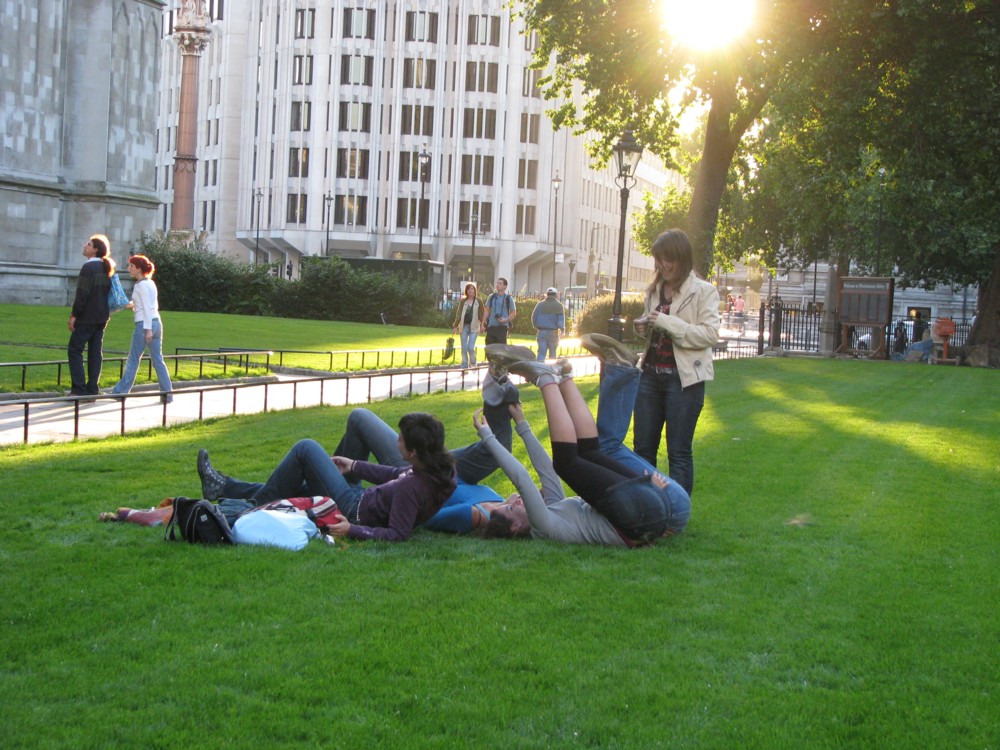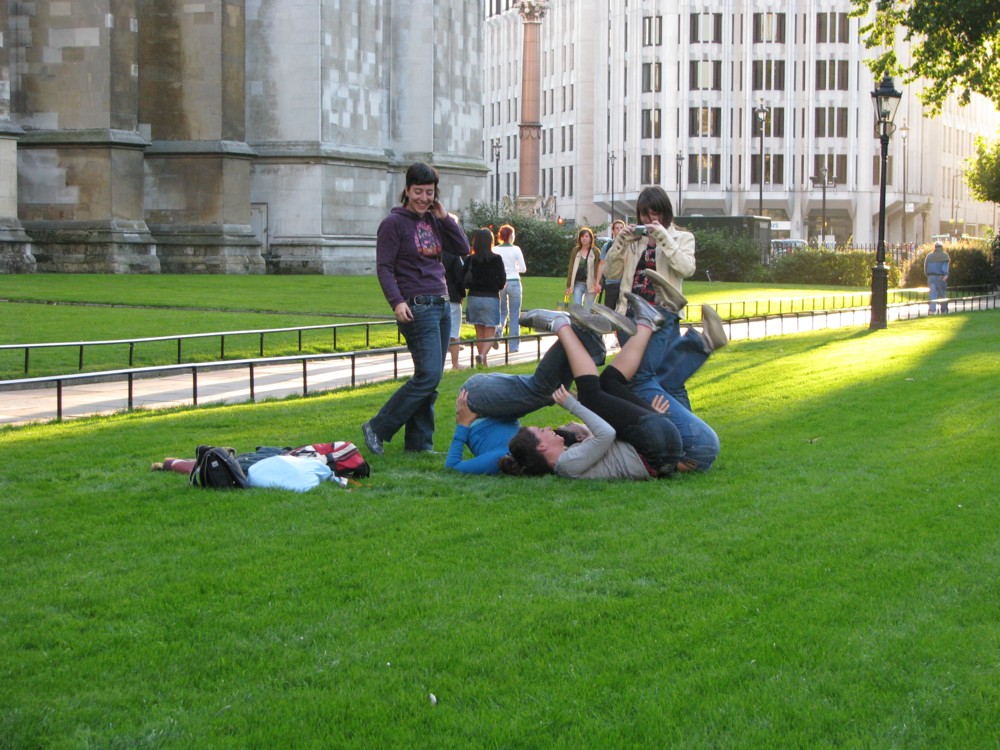I was once briefly acquainted with a quite close relative of Robert Mugabe, and that person was truly remarkable in being utterly incapable of understanding how anyone could possibly disagree with the truth that he saw so very clearly. This person also looked exactly – spookily – like Robert Mugabe. (It was asking about this resemblance that got me the information that he was a close relative of Mugabe.) I have never known a more deeply stubborn person, ever. But it was not a stubbornness made merely of the desire or the determination not to change his mind. No. He was simply unable to change his mind. The idea of him ever having been wrong, about anything, was simply impossible for him to grasp.
If Robert Mugabe is anything like this relative of his, and everything I know about Robert Mugabe tells me that Mugabe is, in this respect, exactly like him, Mugabe may find himself sacked, imprisoned, or even executed, but he will never resign, or ever change his mind about the wisdom of anything he ever said or did. That he has not yet resigned has, according to the Guardian headline linked to there, has “stunned” Zimbabwe. I was not stunned.
They’ll have to force him out, like King Richard II was forced out by King Henry IV. But if Mugabe is forced out, there will be no scenes like the closing scenes of Shakespeare’s version of Richard II, where the deposed Richard comes to see the world and its ways differently, and to understand things more deeply. Simply, Mugabe is right, has always been right and will always be right, and if everyone else disagrees with him, it can only be that everyone else is, was, and will be, hopelesslyl wrong. Mugabe is literally incapable of understanding matters in any other way.
Mugabe is indeed now a rather confused old man. But his confusion concerns only how it is possible for so many people to be so completely mistaken.

